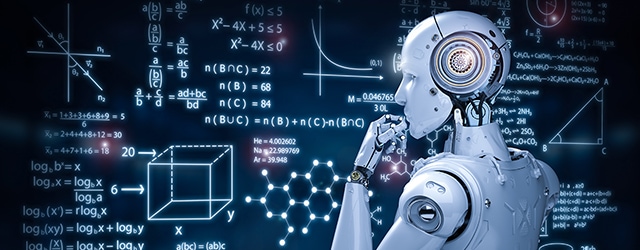The difference between AI, machine learningand RPA explained.

Artificial intelligence (AI) is a broad-brush term used to describe a wide range of technologies that enable a machine to emulate human intelligence. The most common and widely implemented forms of AI are robotic process automation (RPA) and machine learning.
RPA is used to automate manually intensive or monotonous tasks such as invoice processing or collections. Machines can perform these functions more accurately, quickly and efficiently than humans inputting data manually.
Machine learning refers to machines’ ability to learn on their own from historical data and past results to make better decisions or better predict behavior. In a survey conducted by Deutsche Bank and the Economist Intelligence Unit of treasury’s preparedness for new technologies, AI and machine learning systems emerged as the second most beneficial for treasury organizations after big data analytics.
But RPA and machine learning are only the tip of the iceberg. Other forms of AI include Natural Language Processing, image recognition, deep learning and persona-based AI (which analyzes how someone taps the keys on their computer keyboard, for example) to better understand how human behavior changes. Natural language processing allows machines to understand “unstructured text” and is being used in financial services to detect fraud and insider trading, gather intelligence “real-time” and monitor news events that could impact financial assets.
Financial institutions are fairly well advanced in their application of AI, particularly when it comes to RPA and using machine learning in areas like fraud detection that require weighing and analyzing complicated sets of factors. AI can deliver benefits across an organization, from automating manually intensive and repetitive processes in the finance function such payments processing and accounts receivable through to helping treasurers and CFOs more reliably predict and understand their cash and liquidity needs. It can also be used in the supply chain to reduce lost sales and increase forecasting accuracy.



